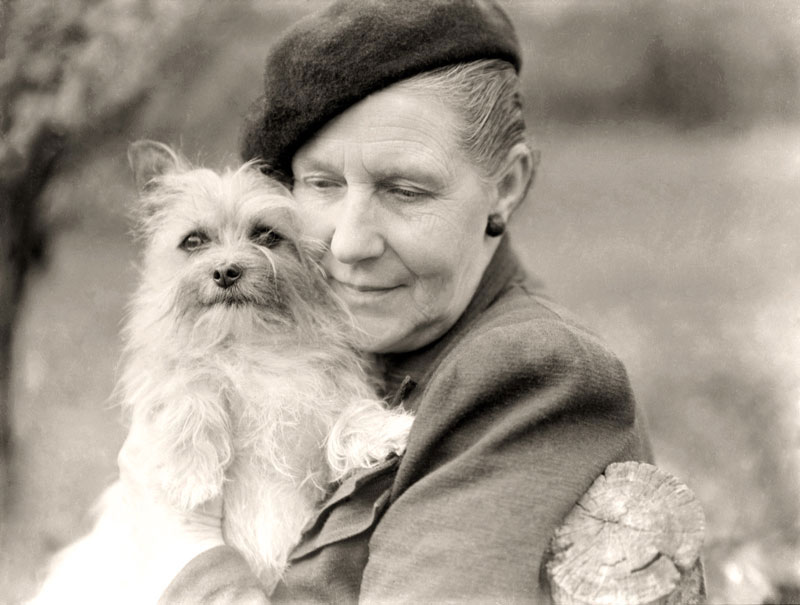|
work in progress - these pages are being updated
RUTH HOLLICK
1883-1977
 |
Portrait of Ruth Hollick; possibly taken by Dorothy Izard.
A digitally cleaned up version of the original downloaded from State Library of Victoria's collection of Ruth Hollick photographs |
Ruth Miriam Hollick was a prominent professional Australian photographer during the 1920s and 1930s.
She
operated successful professional studios in Melbourne in partnership with Dorothy Izard (also a photographer) with a popular profile in society portraiture and fashion photography. During this period Ruth Hollick was successful with photographic and advertising commissions for magazines such as The Home, Table Talk, the Bulletin, The Lone Hand and the Australian magazine.
Plates:
A sample of Ruth Hollick's photography - pages being updated
A sample of Ruth's more formal portraits - also being updated
Essays:
Ruth Hollick and portrait photography between the wars Gael Newton and Karen Jacubec:
published online in Photoria - Australian Women behind the Lens
published as one of Gael's online papers
Gael Newton's entry on Ruth Hollick in Shades of Light (1988)
Gael Newton's entry on Ruth Hollick in Silver and Grey (1980)
Essay in State Library of Victoria News 2004 - 2005, by Olga Tsara Librarian, Pictures Collection
2016 essay by Anne Maxwell for The Australian Women's Register
Entry in Dictionary of Australian Biography
2021 article by James McCardle on photographer Pegg Clarke - friend of Ruth Hollick
see also: Photoria's listing for Dorothy Izard (1882-1971)
Collections:
State Library of Victoria catalogues: - Picture Catalogue: use the 'search' for lots of Ruth's photographs
National Gallery of Victoria 41 works
National Gallery of Australia: use the 'search - 65 results - 27 with images (the others are text listed only)
Main photo-web contents page
|
